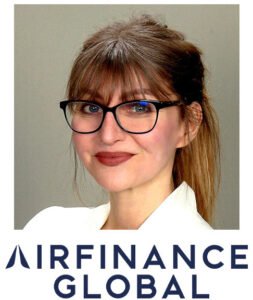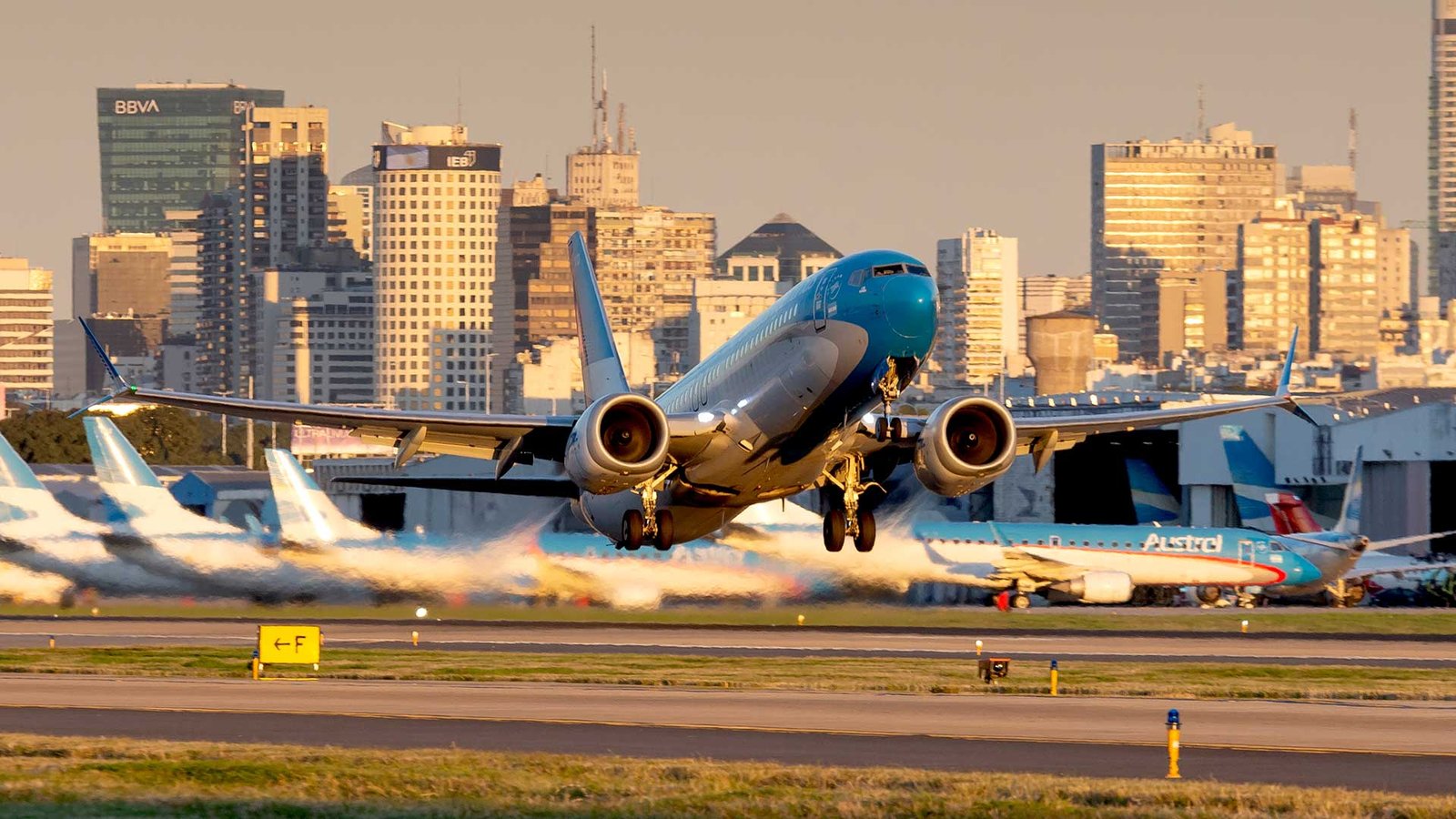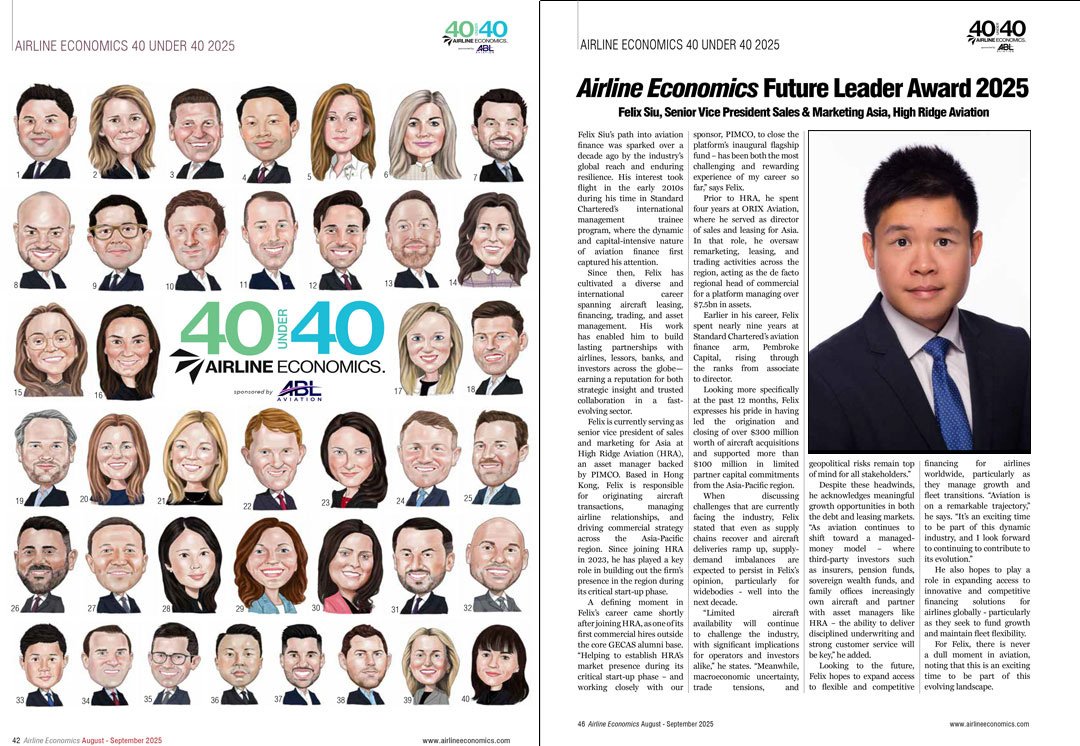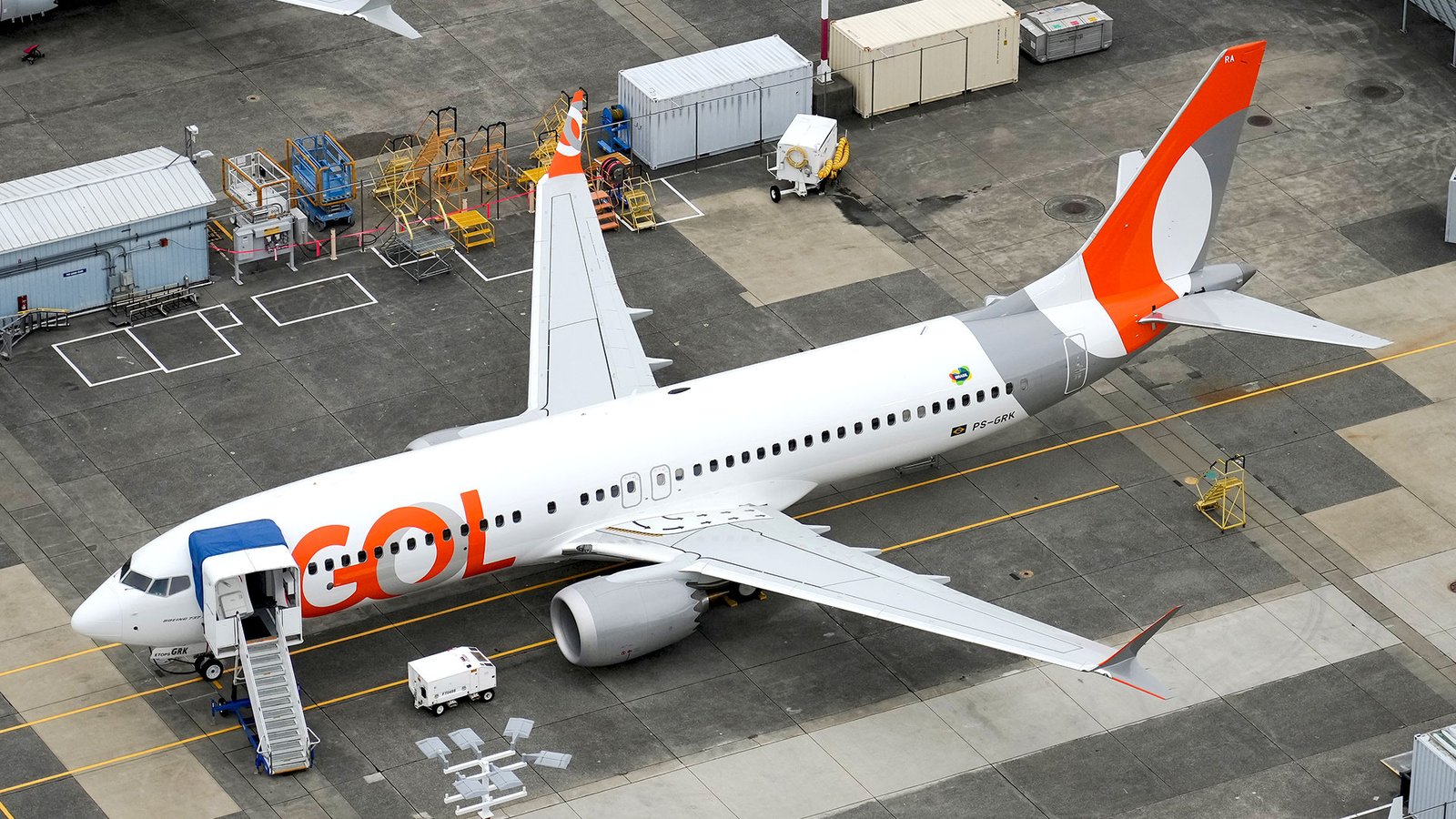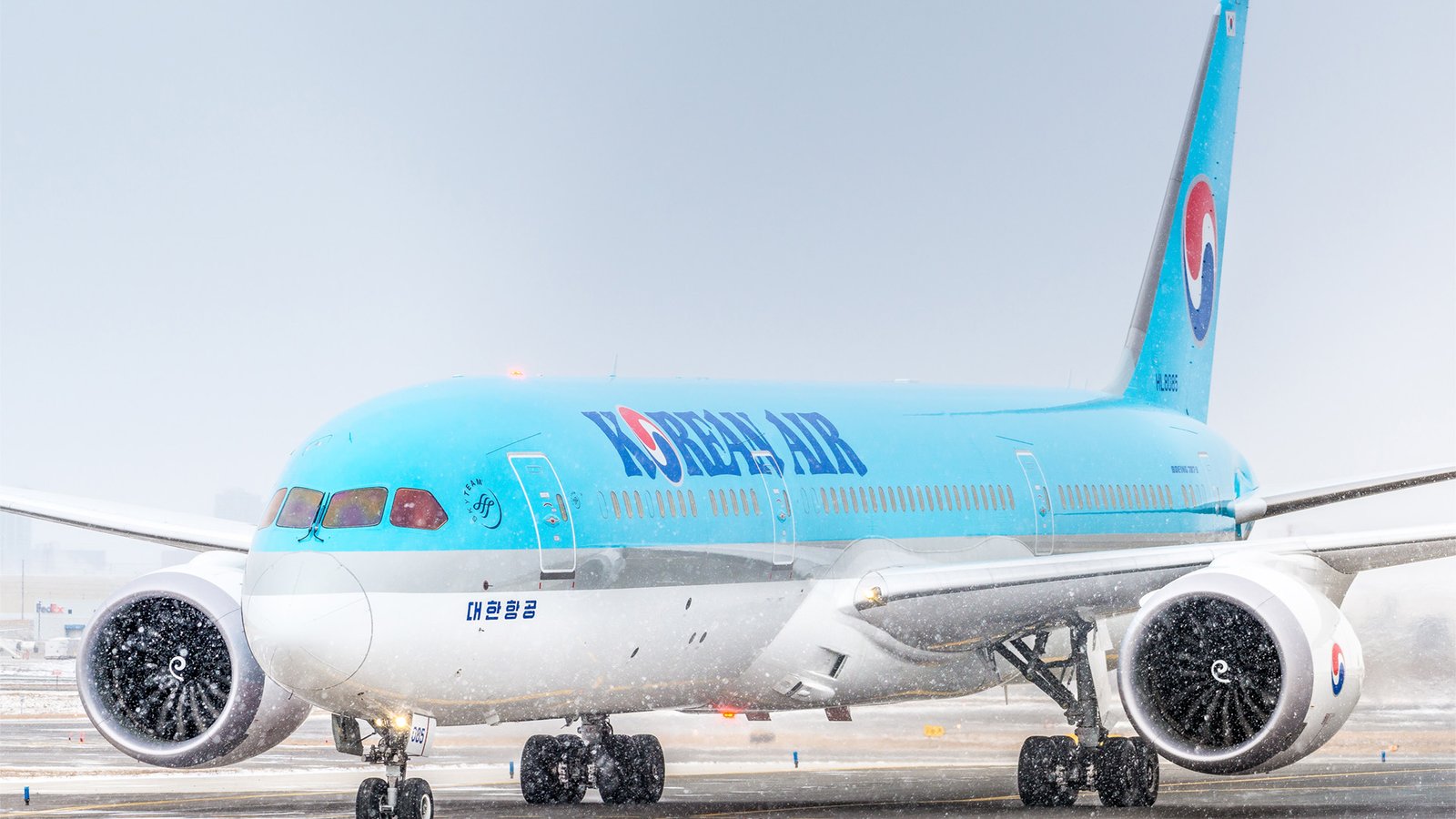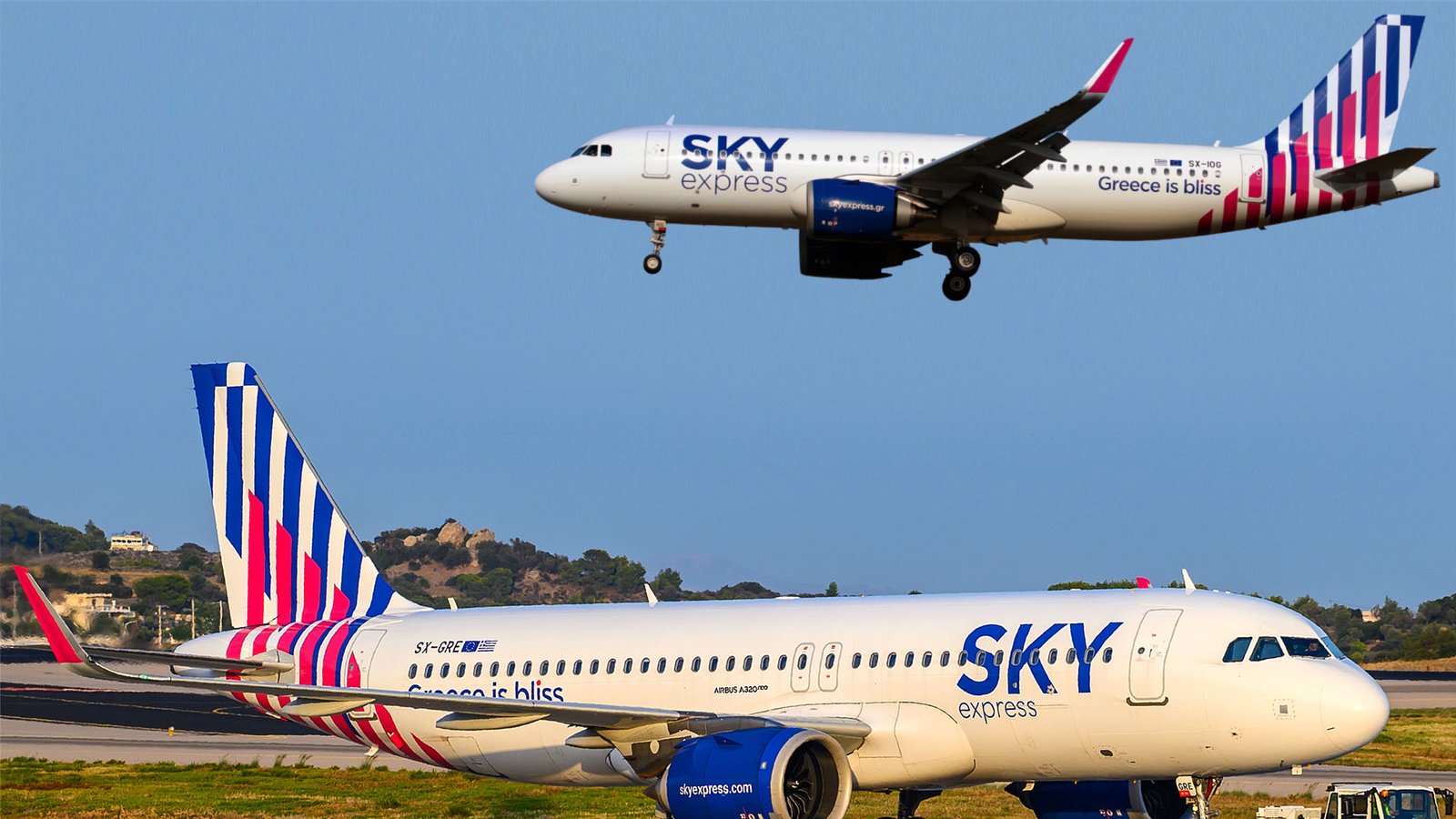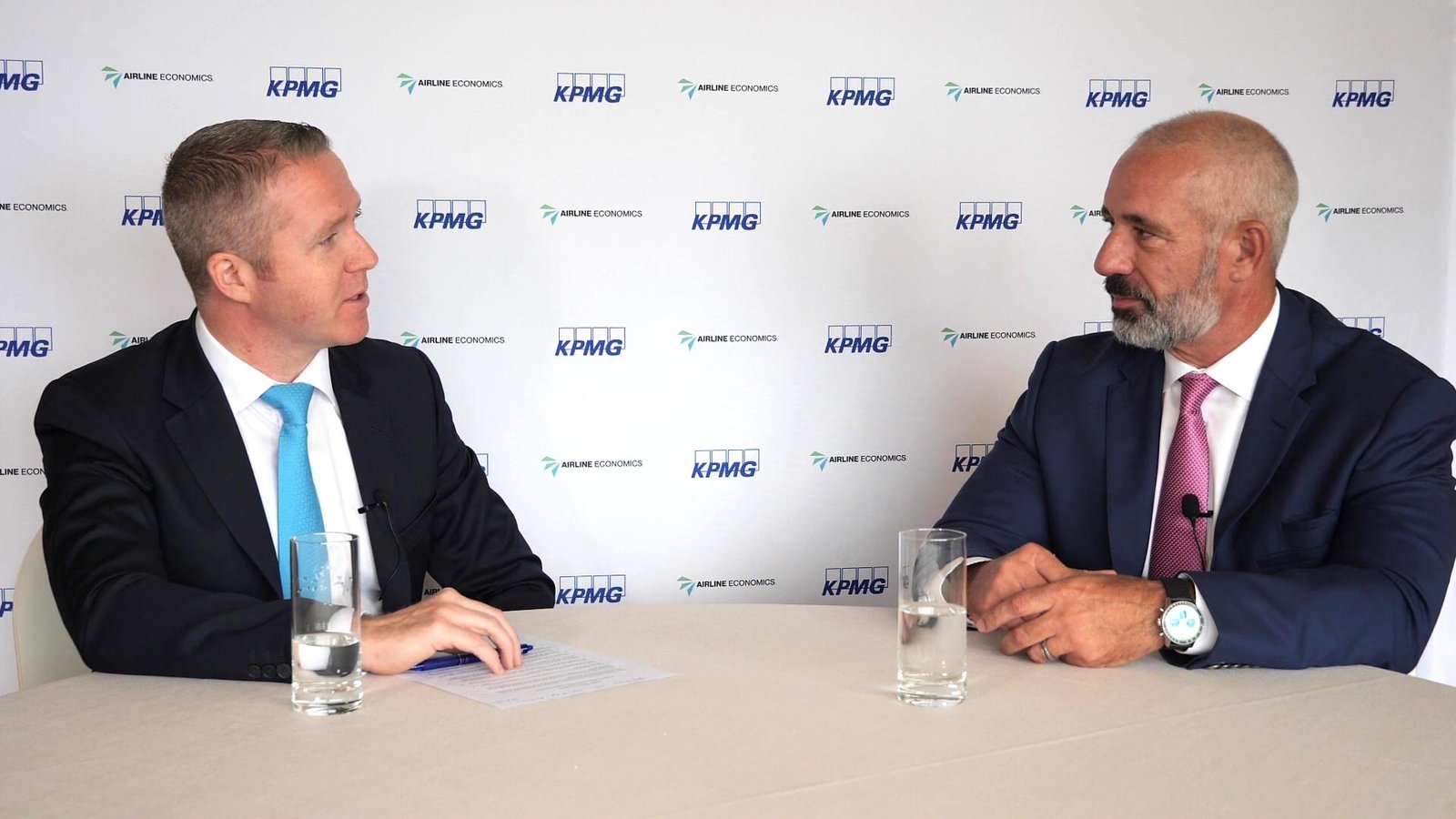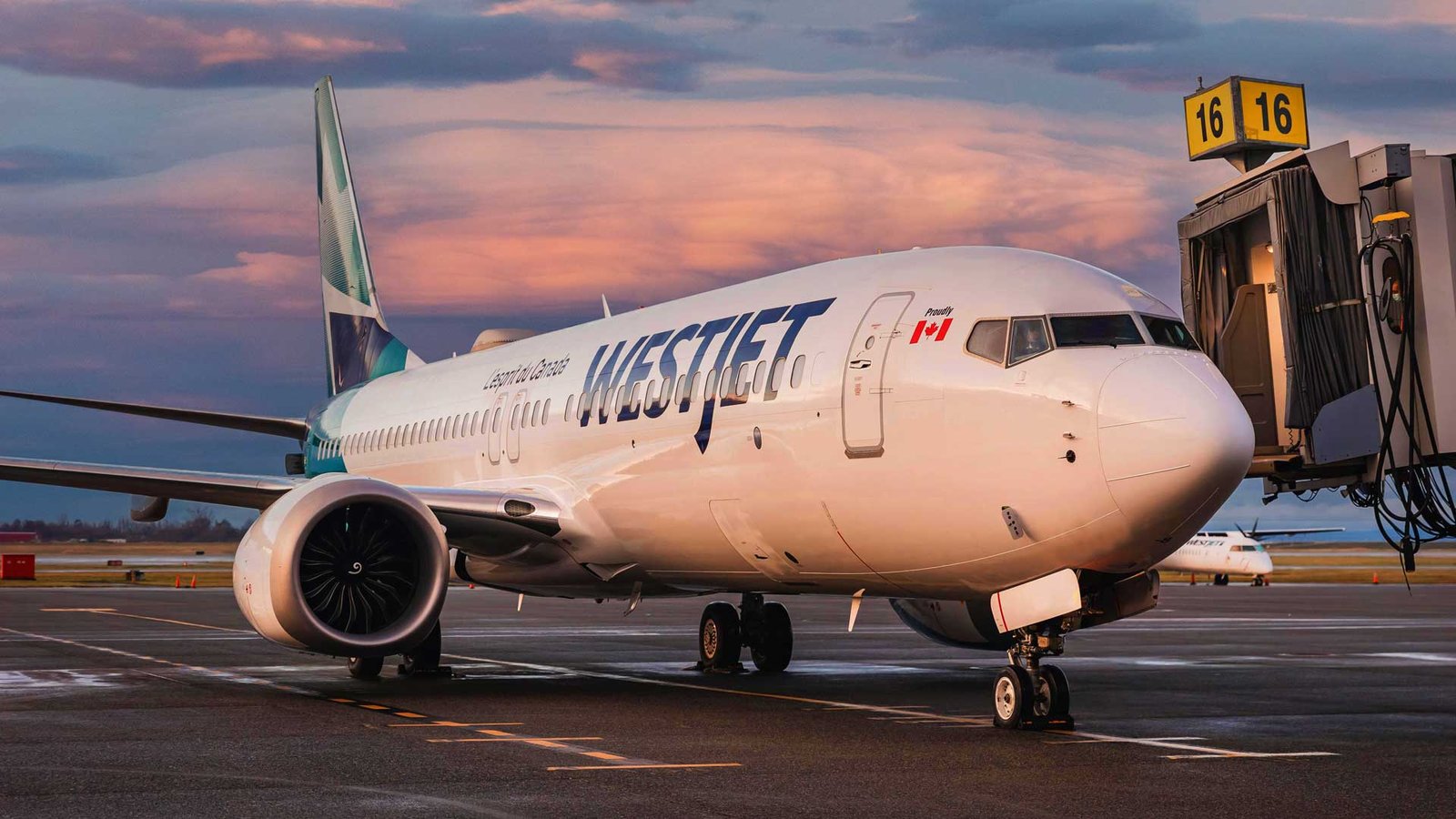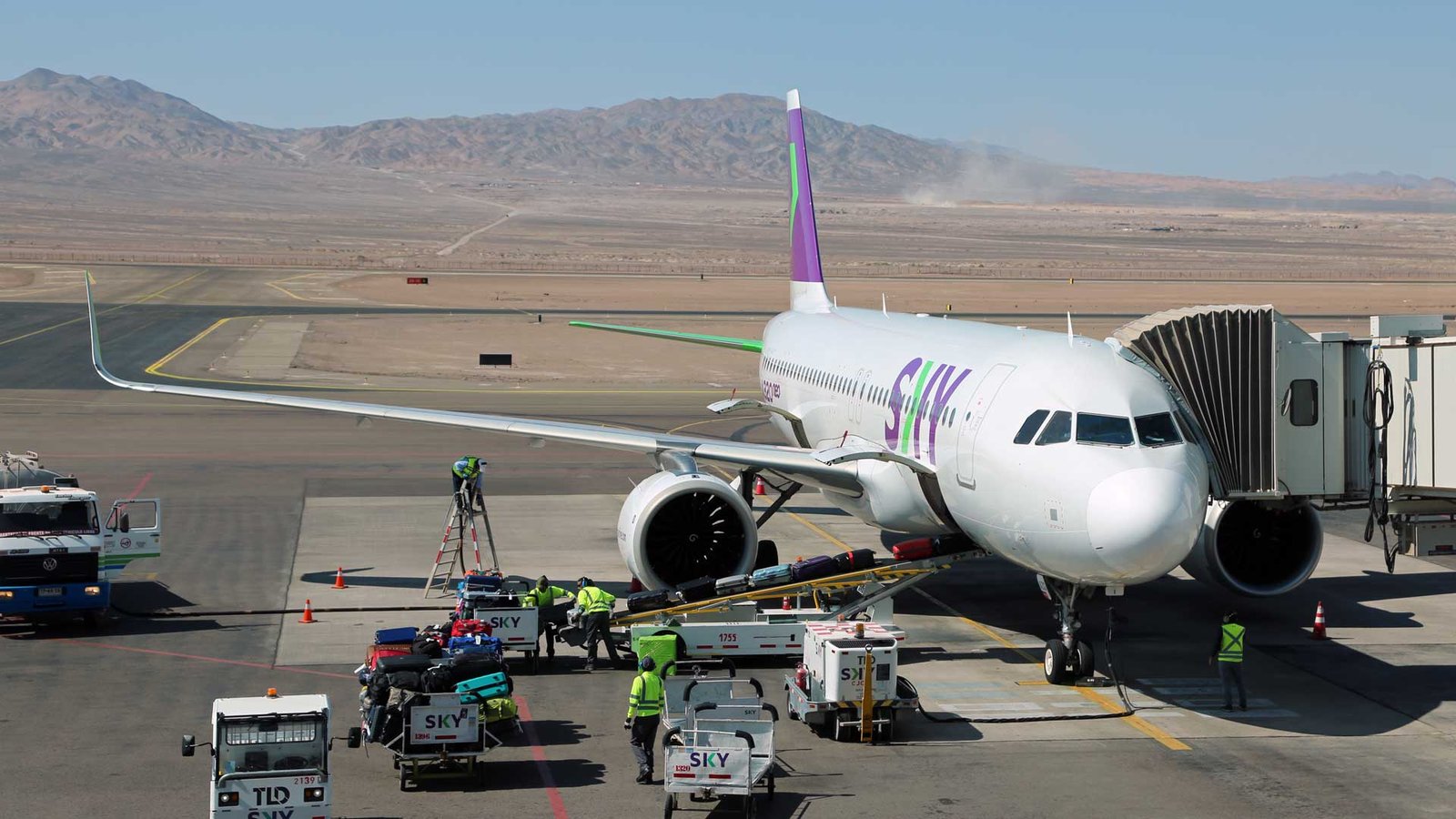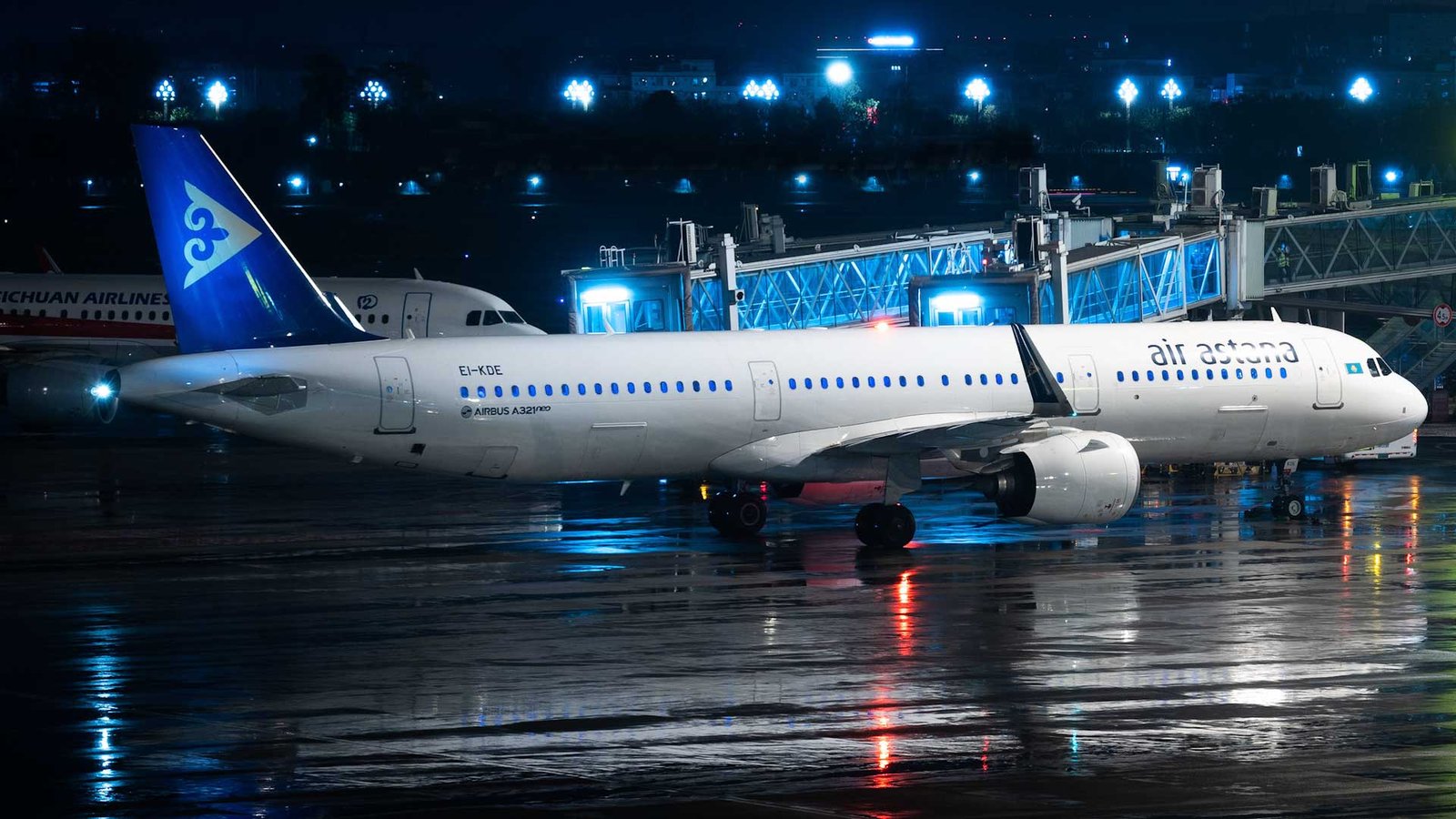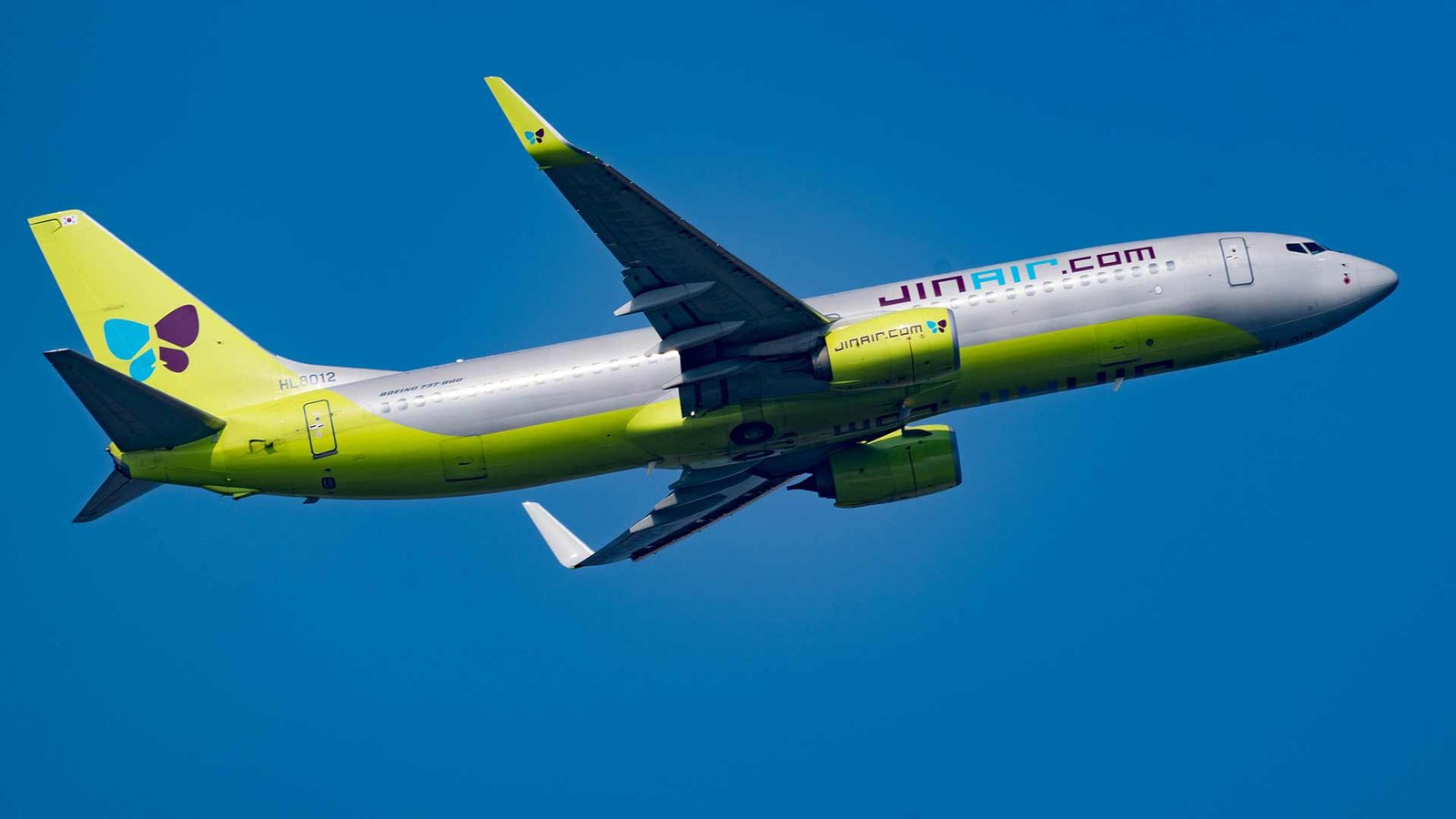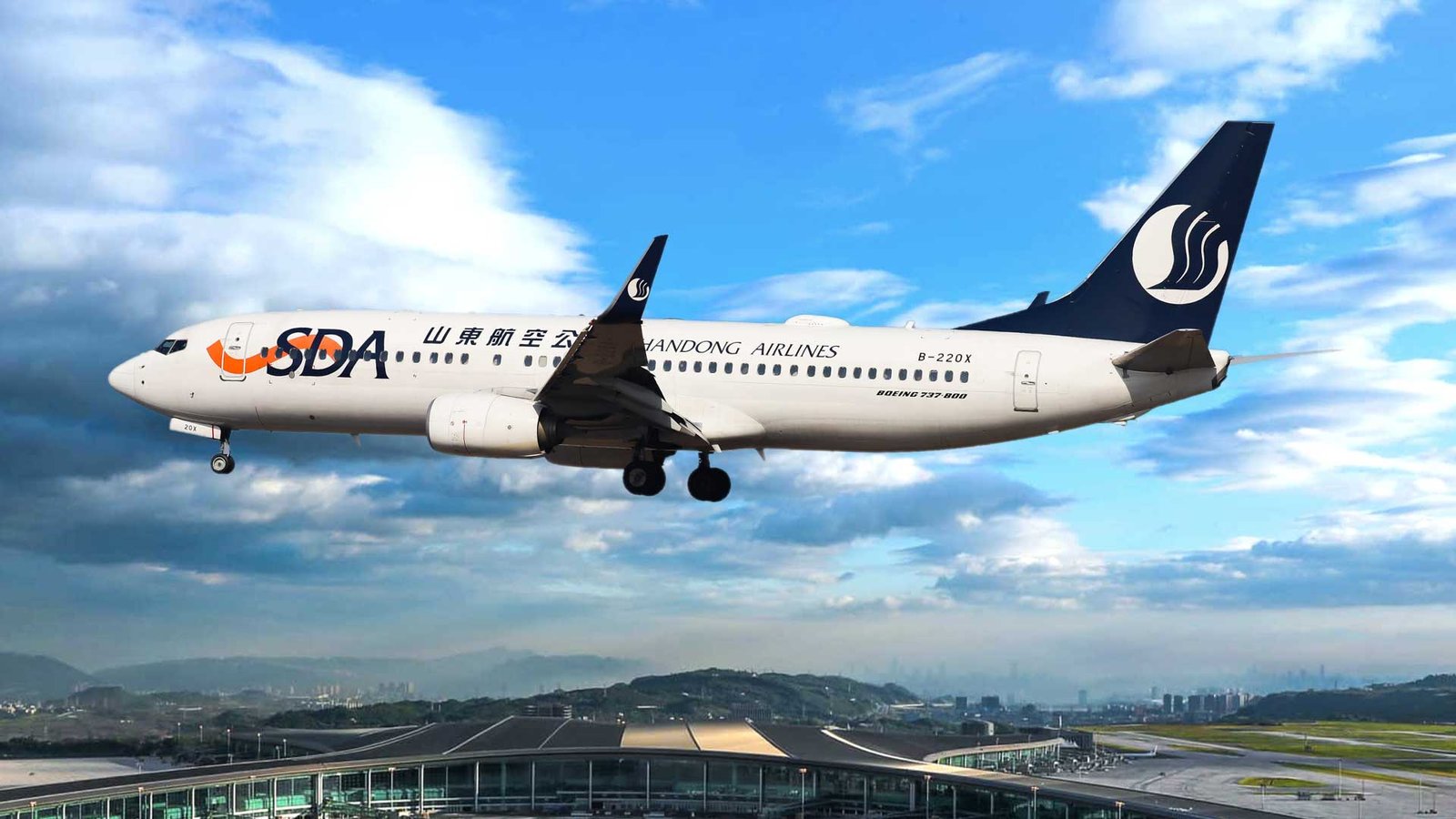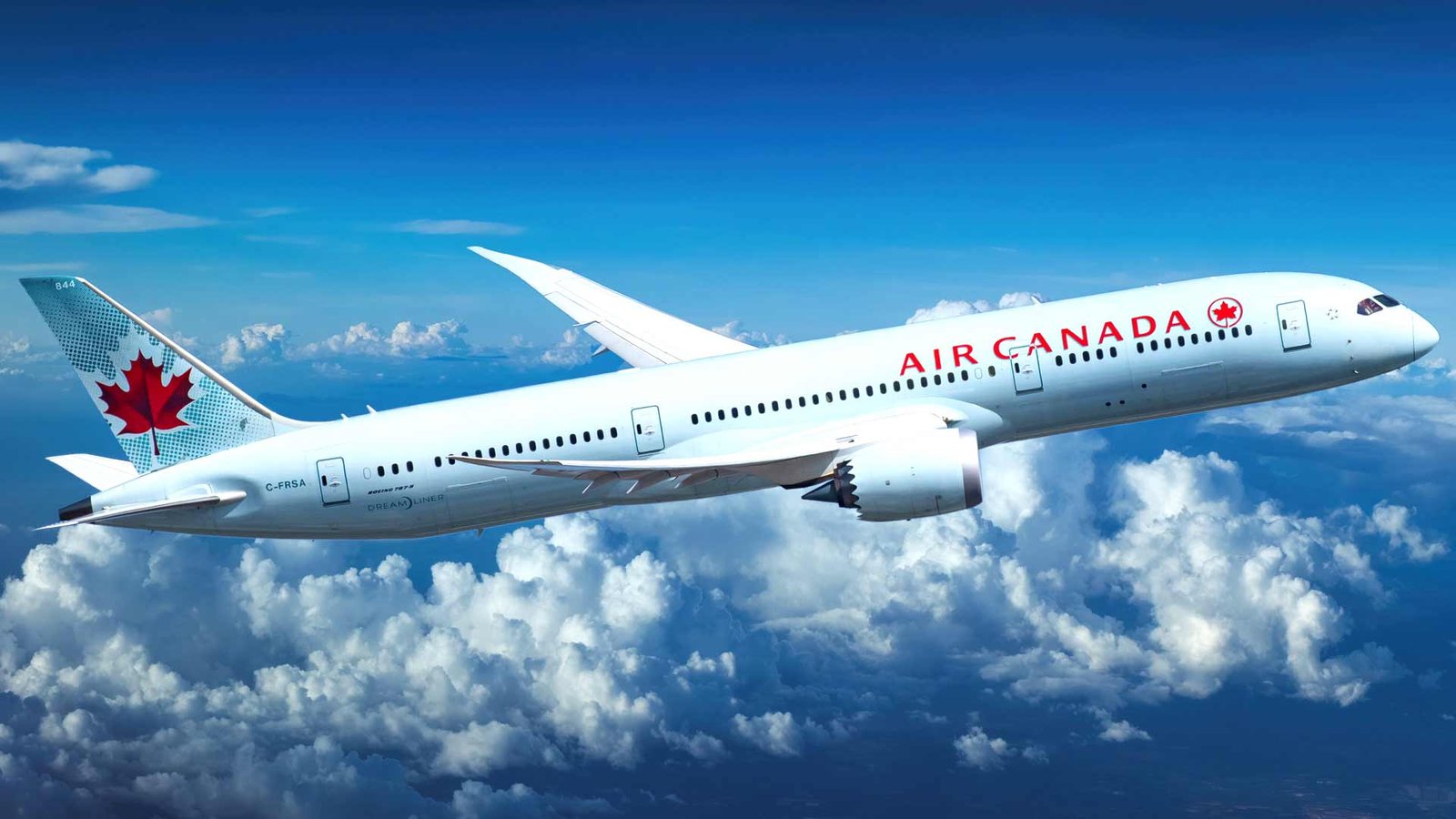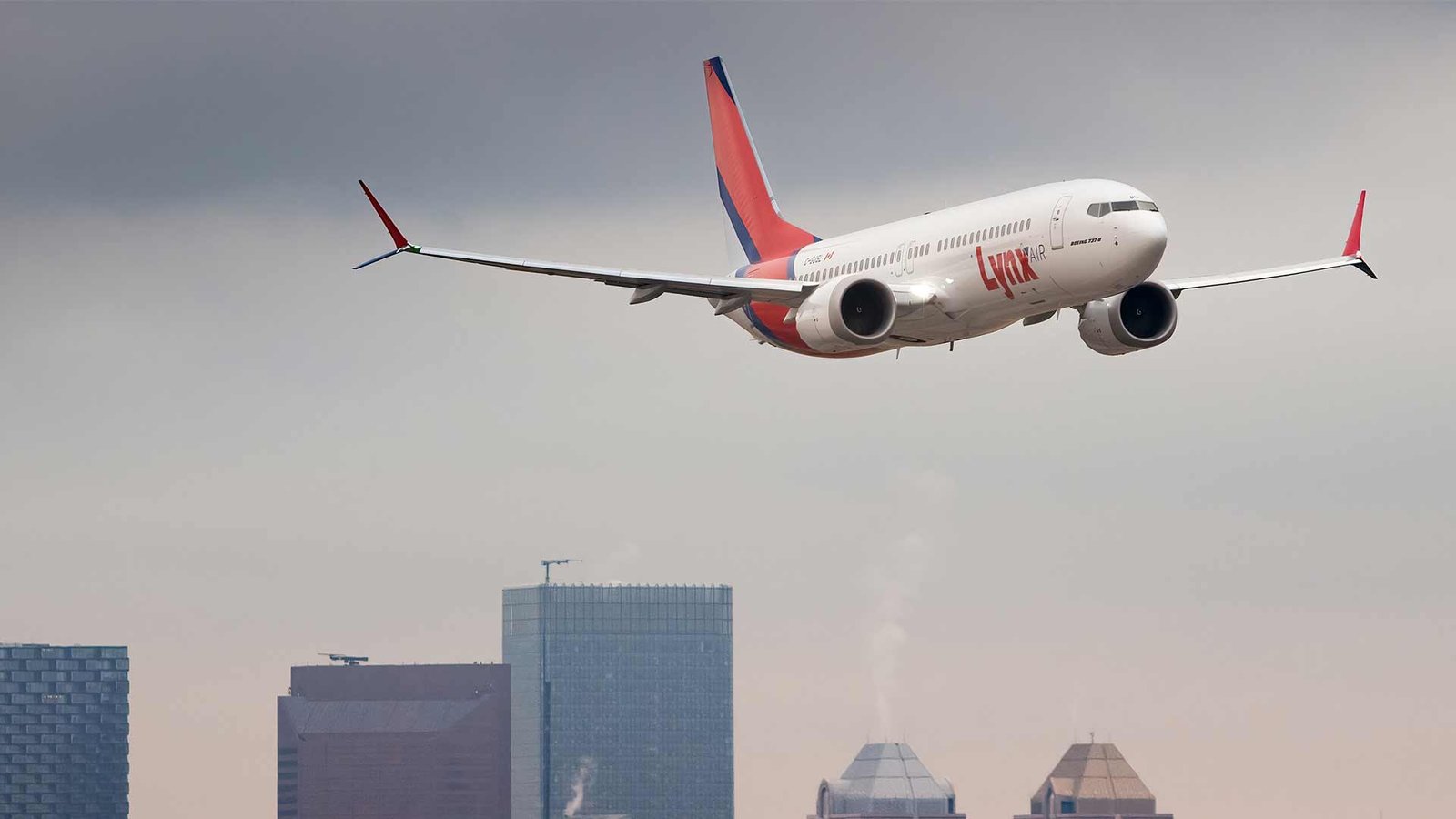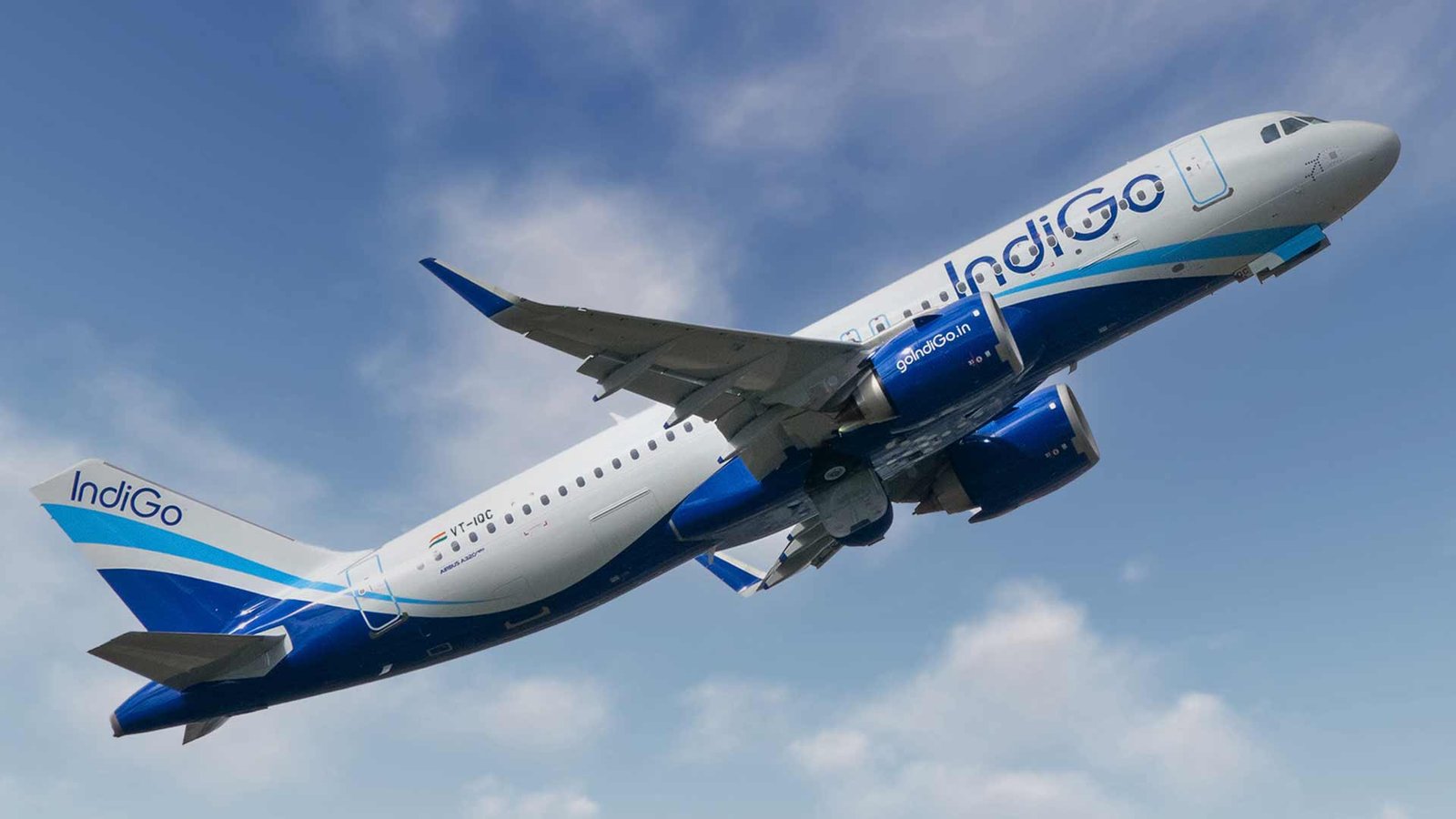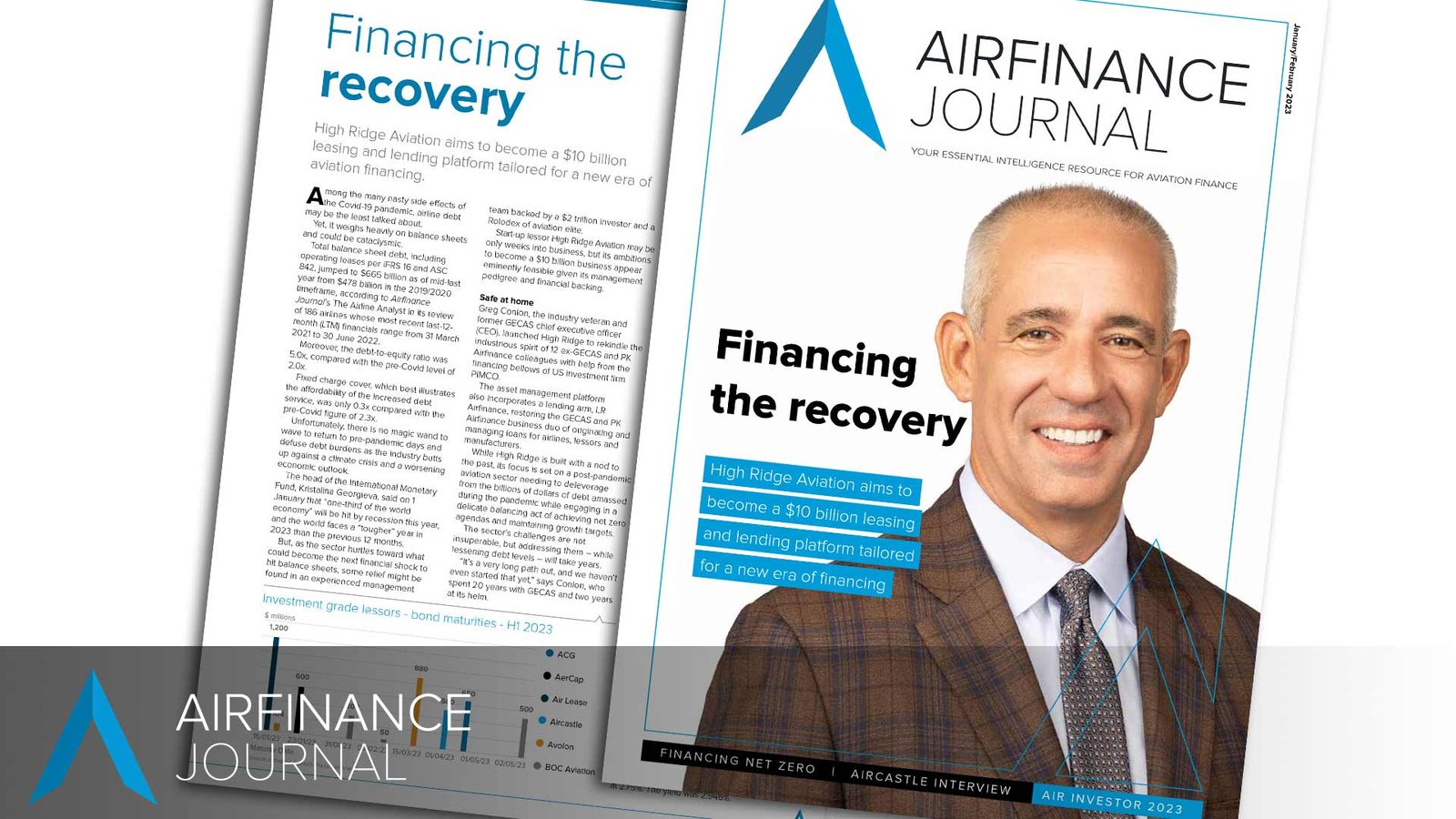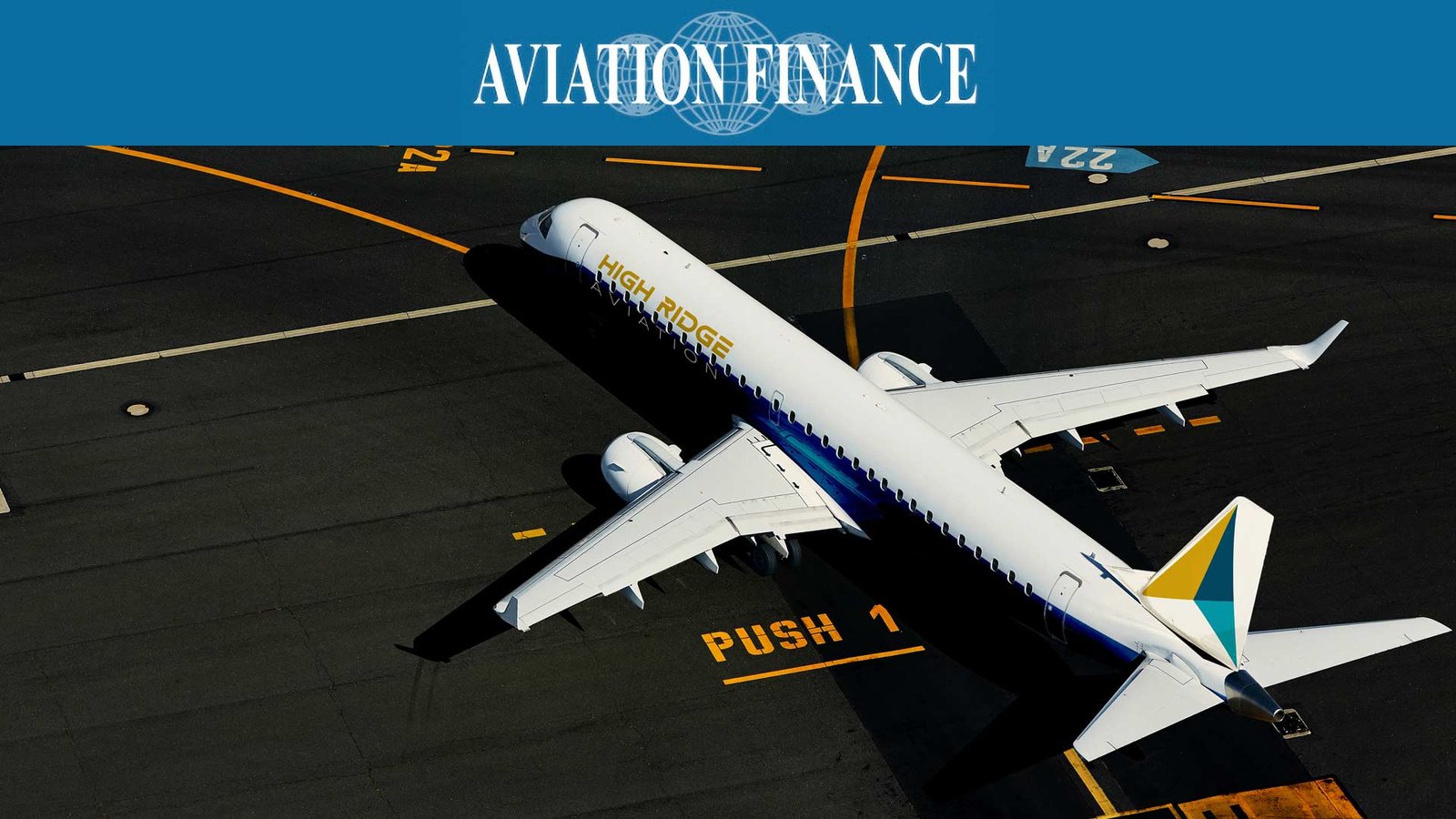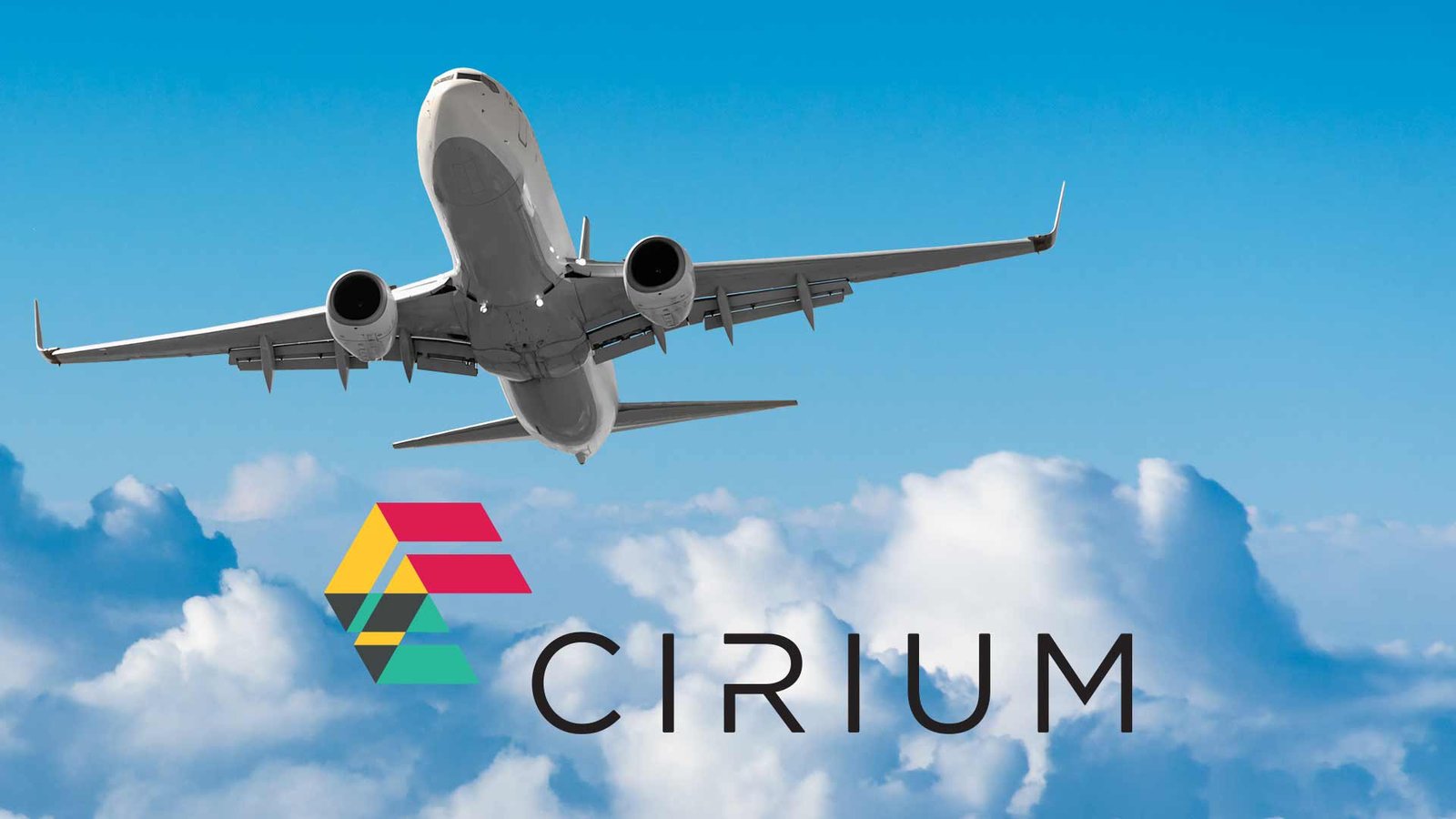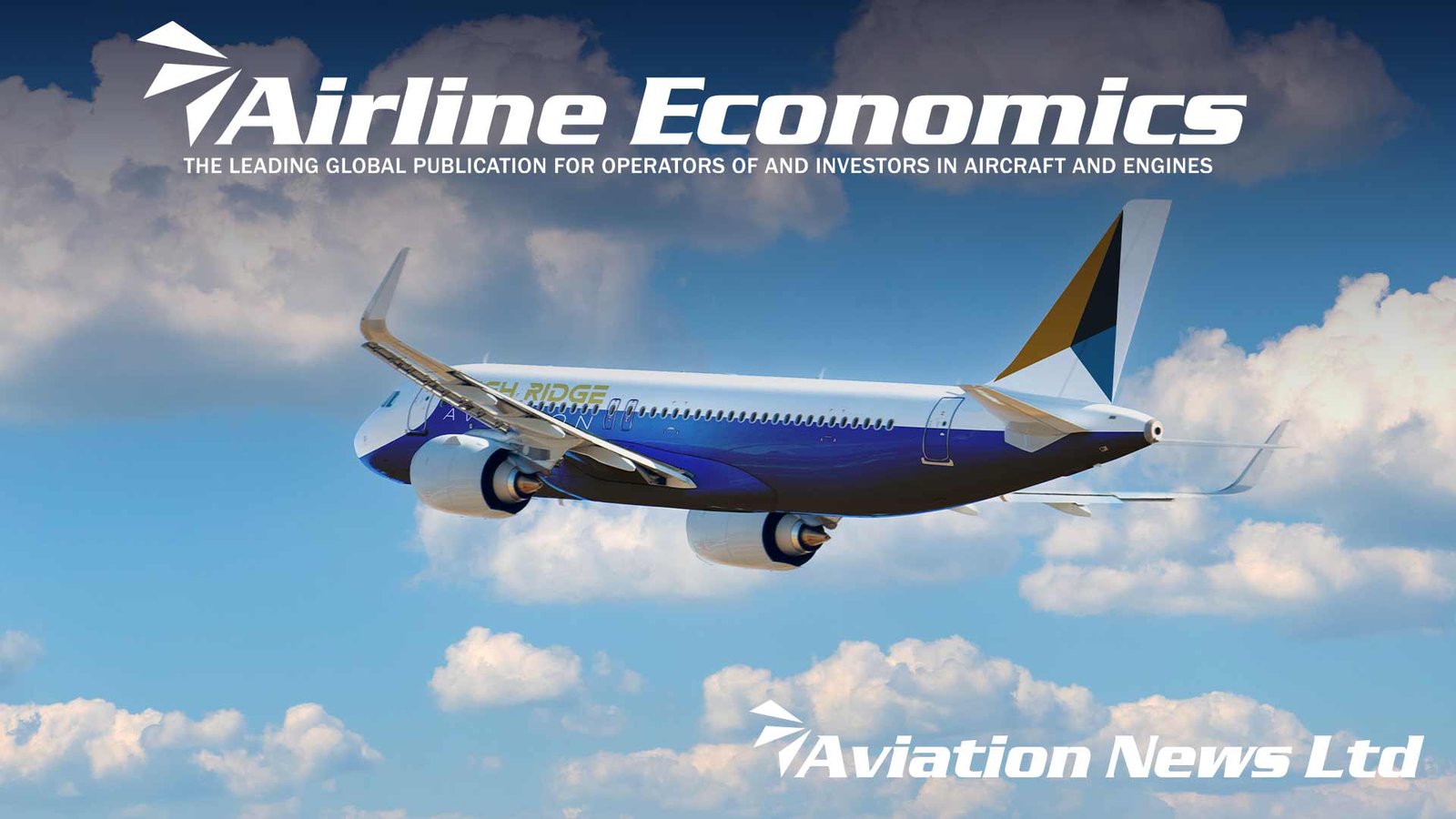
By Laura Mueller
Director of Aviation Finance Intelligence
and Strategic Engagement, Airfinance Business
Farnborough was a different event this year. In addition to Boeing’s noticeable absence from the static and flying displays, the evening receptions, usually heaving with financiers and lessors, were eerily restrained, too.
Moreover, orders were lacking. A total of 260 new orders and commitments were disclosed this year, far fewer than the 440 and 1460 booked in 2022 and 2018, respectively.
The pullback in attendance by financiers and operating lessors from the July gathering is understandable.
One reason is that they are more likely than others to secure business—such as acquiring portfolios—behind closed doors rather than from an air show chalet.
Another is that dealmaking remains choppy, with interest rates elevated after the stasis of the previous decade and asset shortages hindering buying and selling activity.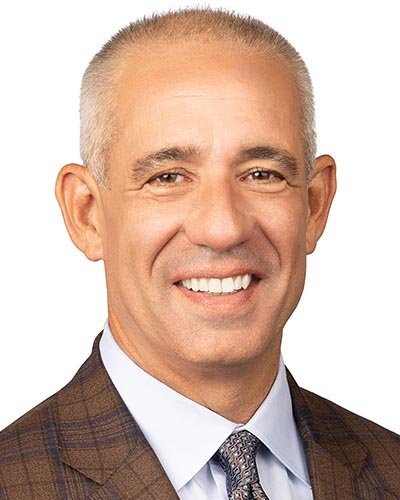
It is a challenging market out there in terms of supply. We are starting to see the slowdown in terms of available assets, particularly on the purchase and leaseback side,” observed High Ridge’s chief executive, Greg Conlon, from the financier’s US office during Farnborough week.
High Ridge is in the “advanced” stages of closing its first fund and starting another after launching operations 18 months ago with financing support from investment firm PIMCO.
The business is ahead of plan on the equity raise and assets. We’re roughly a billion dollars today and soon will manage 20 aircraft, up from 18 now. There is another $3 billion in the pipeline, but not all that will close; some will push into next year.”
That includes activity from High Ridge’s lending arm, which has completed “several hundred million dollars” in loans split equally between airlines and lessors.
Inflation expectations
In addition to borrowing costs and supply issues, aviation financiers are being tested on multiple fronts, from weakening airline outlooks to heightened geopolitical tensions and renewed recession fears.
The rollercoaster ride started during Farnborough week, on 24 July, when the S&P 500 index had its worst performance since December 2022, falling by 2.3% due to disappointing earnings reports, namely from the tech giants. This was followed by the Bank of Japan’s second interest rate increase this year to 0.25%, prompting concerns about a stronger yen and the “yen carry trade” and weaker-than-expected jobs data from the USA, causing speculation that the country’s economy is slowing.
While pundits continue to debate whether market jitters are warranted, seasoned financiers know all too well that economic worries can quickly become self-fulfilling. And even a mild recession hurts.
The equity markets remain difficult across numerous sectors, from aviation to real estate, finance and private credit. So, for us to go out and be almost fully deployed on our first fund in an equity market like this, I think it’s a testament to the High Ridge team,” says Conlon.
“It has been beneficial to have a large institutional partner like PIMCO in a market where it is challenging to raise capital, with interest rates going up 500-550 basis points in a very short period. It would be a tough slog for a small shop to do the same.”
He sees opportunities in the debt markets.
Especially on the investment grade front. We originate debt transactions for insurance companies and other types of capital that primarily want investment-grade paper, and we’ve been doing a fair amount of that. We are also looking at other non-investment grade loans for other forms of capital.”
The capital markets are another option.
The markets are starting to open after the better part of three years. Probably half a dozen ABS trades are looking to go to market later this year.”
A cut in interest rates could trigger that activity. And while markets are braced for lower rates, the more difficult question is how far they will fall: What is the normal level of rates in a post-COVID world?
“Certain issuers are waiting to see if the 25-basis point drop comes in September. Any cut is certainly significant for those who are issuing,” he adds.
Higher interest rates, while necessary to fight inflation and public debt, have been burdensome. For certain lessors, the era of expensive money has shifted how they approach the business, with investment-grade ratings coming into focus.
High Ridge is not one of them.
IG is not an origination strategy. If you happen to get a fund that gets to the size, have at it. But that isn’t our strategy. It was never our plan to build up to get an IG stack.”
He says the long and challenging path to obtaining a rating makes it unattractive for High Ridge.
The rating agencies want young assets, size and diversification. To do that, you’re probably doing purchase and leasebacks, not buying portfolios. And this means buying very skinny deals quickly to get to mass.
“The hope is that you start to leg into IG debt to take out your expensive non-recourse debt. But it is a lot of economics if you’re doing leases at point five or six lease rate factors with a gross yield of 7%.
“It is bleeding economics in a race to get to size. And you will have to do so for years,” he explains.
Portfolio activity
Unsurprisingly, the market has seen several portfolios come to market. Some sellers are under pressure from their equity sponsors to sell to return cash so backers can move on, while others want to recycle funds or redeploy capital into other assets.
Conlon believes platforms will remain a tough sell. “That’s where trades have struggled. Sellers haven’t found the white knight who wants the portfolio plus the platform, which is being offered as a kicker to economics.
“That is harder to do.”
He maintains that High Ridge is open to all opportunities but is focused on an asset play.
With that said, PIMCO has pockets of capital designed explicitly for M&A and investment opportunities. They can quickly build a book of partners and underwriting for large transactions. It is one of our advantages, but we haven’t found anything accretive at the prices sellers want.”
While numerous portfolios are being offered, few are changing hands.
Again, Conlon points to a drop in interest rates as the likely catalyst for activity.
Some sellers are hoping interest rates drop in order to get more price in as they paid for growth when they bought at low interest rates.”
While asset values have appreciated somewhat due to scarcity, inflation, and MRO capacity concerns, the bid/ask is still too high, in his view.
But we certainly haven’t given up on M&A. I think there will be deals that make sense.”
Credit diversification is essential in building the portfolio, so High Ridge will remain active in M&A, purchase and leasebacks and trades, he adds, noting an increase in opportunities in bespoke trades from existing relationships.
“We’ve benefited from our previous life as one of the largest sellers. But now we’re in a position where we’re the buyer, and there are some interesting opportunities.”
Supply constraints continue to add costs throughout the sector. On a recent earnings call, Aercap’s chief executive officer pointed to hidden inefficiencies to explain the increase in lower earnings guidance from the airline sector amid the global shortage of aircraft.
Aengus Kelly referenced recent remarks from the Allegiant Travel Group, which cited aircraft delays as the reason for a $30 million drag on the discount carrier’s annual performance.
Asked if supply chain disruptions and delays are the “new normal”, Conlon responds that two factors are making the current environment difficult.
First, there is a track record. Shortages have happened before.
We are seeing the effects of a supply chain that is stretched very thin. The first signs of cracks occurred maybe 10 years ago when the seat manufacturers became the weak link. The lead time for an aircraft ballooned up to three years, from less than 14 months before that.
“Fast forward to COVID; some smaller shops just couldn’t make it. And now you’ve got this outsourced supply chain that is causing large delays not only on new aircraft but also on engineering.”
He points to the dearth of transitions.
There are fewer because you need engineering, and there’s half a year just to get the engineering drawings.
“Airlines are extending aircraft not only because they can’t get new ones but because lessors can’t transition to another lessee efficiently.”
Are further shortages and delays expected? “I don’t think it’s going to be like this forever. But do corporations have the balance sheet and financial resources to in-house critical paths and outsource others?
Second, Conlon highlights the engine manufacturers’ evolving business model, with an approach to pricing that “reflects the quality” of the asset upfront.
For years, the engine manufacturers effectively gave away the engines or discounted them under the financial expression that they would make it up on over-servicing shop visits and repairs.
“Then the engine manufacturers, to their credit, started making far more reliable engines that lasted longer. So, something had to break, right? The engine manufacturers tried to create a care agreement to get some of the revenue back.
“Now the engine manufacturers are saying these engines cost up to three times more and last three times longer, and customers must pay for that. So, shop costs are increasing, and economics are being passed on.”
Relief is expected once these two factors work through the supply chain. “It will take time to normalise,” he says.
Will these dynamics lead to consolidation among the engine manufacturers?
Probably not. It would be problematic from an antitrust perspective for there to be one mega-engine manufacturer.
“You almost need an engine manufacturer to have some of that military smoothness in earnings and cash flow. And it’s no coincidence that they do.”
What about a merger with an aircraft manufacturer?
It is the same thing. Twenty years ago, there was talk about Boeing and GE or Pratt and Airbus. I think it’d be challenging to get EU and US antitrust approval for that.”
Debt servicing
A further headwind to consider is protectionism.
Politicians and corporations are increasingly discussing decoupling, derisking, and focusing efforts on reshoring and “friend shoring” via nearshoring. All this would come at a cost. Supply chain economics would likely be upended.
Are these temporary concerns, or is a structural shift underway due to heightened geopolitical tensions?
I’ve long given up trying to predict what the world will look like in five years. We manage the situation we’re in now. Indeed, there is more uncertainty in the world.
“At the end of the day, aviation behaves more like a utility than a particular business. The tangential benefits to economies of having air travel and freight commerce are not being replaced. That’s why historically if you look at the beta of aviation versus the market, it’s always been extremely tight.”
He adds that even if jurisdictions become more challenging from a credit standpoint, deals will still get done.
This is a global business, so you must focus on something other than Europe, the US, or Asia. That makes this industry interesting, and investors like that, too.”
However, debt remains a complication.
Conlon maintains that global debt is still the most pressing concern for the financier.
If is one thing when growing at 3 to 10, pick any GDP number that covers a lot of borrowing, but when global growth slows, and interest rates jump, that puts pressure on business models in global economics.”
He believes debt levels and the desire to preserve economic dominance are also contributing to geopolitical pressures.
When interest rates were zero, the temptation to print money and quantitative easing was somewhat understandable. But there are also implications. And we’re seeing that now.”
According to the Financial Times, a global survey by UBS found that 37% of central bank managers said the risks from global sovereign debt levels were among their main concerns for the global economy this year, an increase from 14% who worried about this last year.
According to the Institute of International Finance, the heightened concern comes as government debt globally hits a record $91.4 trillion this year. Global debt as a proportion of GDP is soon poised to tip back over 100% for the first time since the depths of the coronavirus pandemic.
Airfinance Global’s airline data shows adjusted debt levels for 115 airlines totalled $381 billion for periods ending on 30 September 2023 and 31 December 2023, compared with $362 billion for similar periods in 2019.
Of the 115 airlines, only 54 had lower adjusted net debt in 2023 than in 2019, indicating the industry remains plagued by the burden of COVID-19 and high capital expenditures.
Asked about the debt levels, IATA’s chief economist, Marie Owens Thomsen, told Airfinance Global: “Debt is a spiral that’s hard to get out of. Even if some airlines are reimbursing, the industry carries more debt than before the pandemic. But that is everywhere. There’s more sovereign debt, household debt, and corporate debt than before the pandemic. So this is a problem for all of us,”
Lessors are not immune. And financial risk helps explain the shift to a manage-money model, says Conlon.
It is more efficient for many reasons. The least of which is balance sheet risk. At GE, we had a $46 billion balance sheet model. It’s challenging to find a company that would efficiently and happily own $46 billion of exposure in any industry.”
The growth of private equity is another significant factor in the change, he adds.
There is a tremendous amount of capital that’s now in private equity, so I’m not surprised that you’re seeing acquisitions by platforms that can manage capital.”
It is also a case for optimism, he says.
What attracts private equity to these businesses is the long cycle, low beta, and ability to build positions of scale.”

